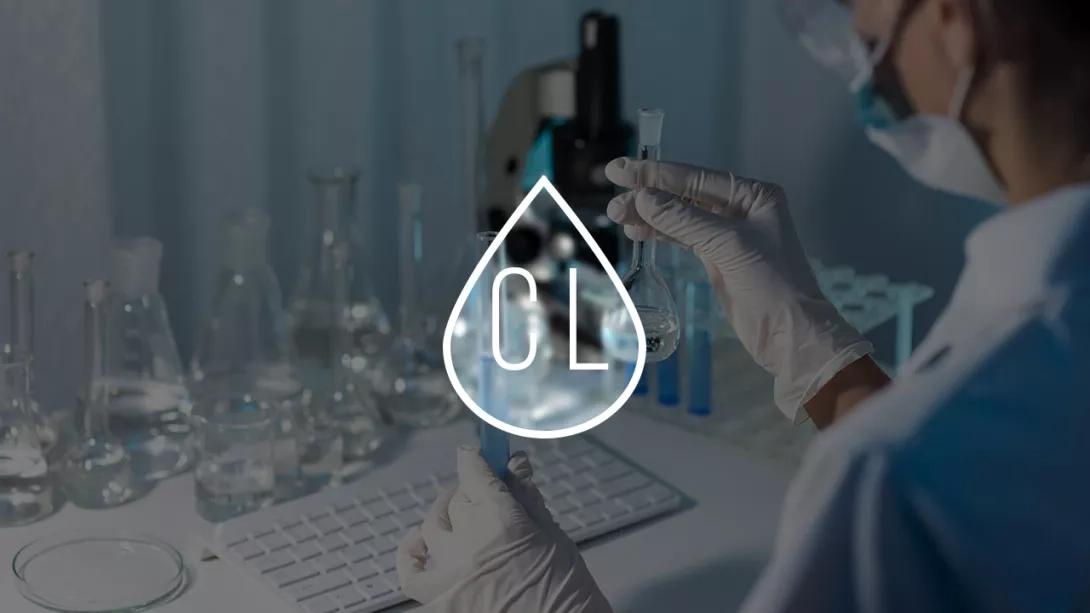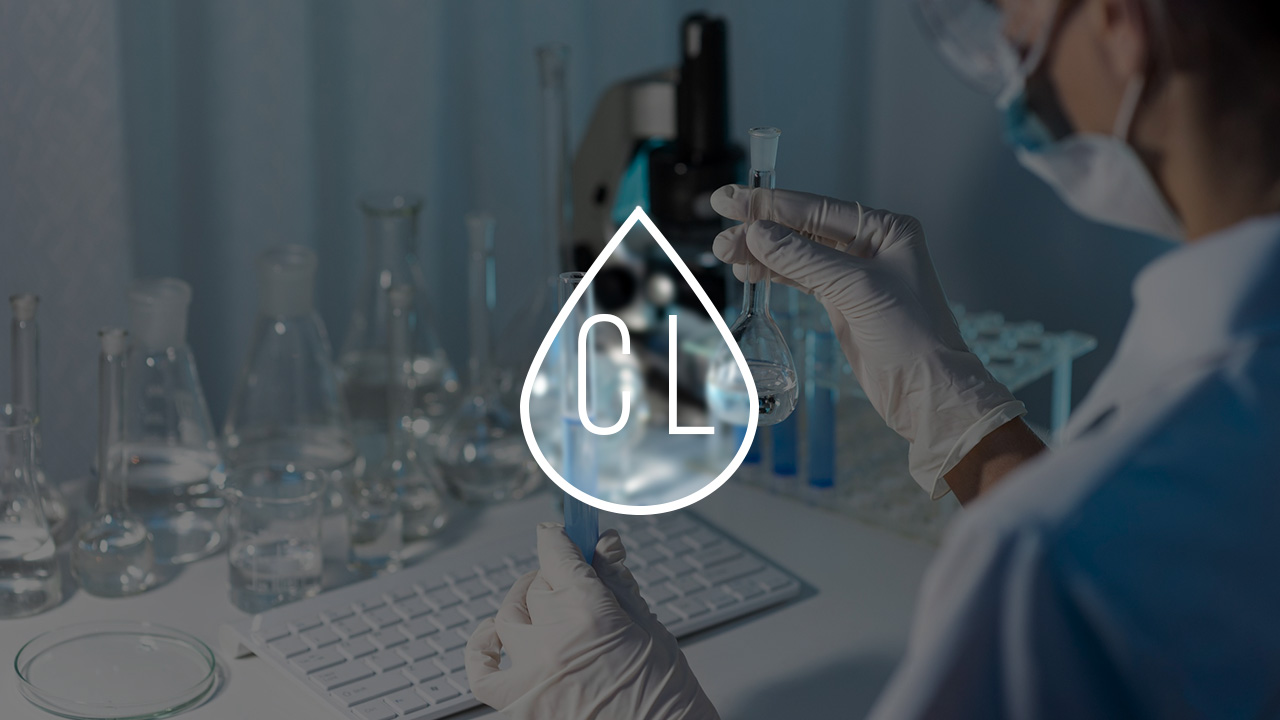This indicator is almost always present in comprehensive water tests, but its description in various sources is quite vague. Today, we’ll try to clarify what a chloride test in water indicates, how to interpret it properly, and what actions to take if chloride levels are high.
What Are Chlorides in Water?
Chemically speaking, chlorides are salts or anions of hydrochloric acid (HCl). They are a complex of a cation (metallic or organic) and an anion (Cl-). The most typical chloride is table salt (NaCl).
It’s important not to confuse the anion in salts with chlorine used for water disinfection. The former is quite inert and doesn't engage in oxidation-reduction reactions in water, while chlorine actively oxidizes various organic impurities, microorganisms, and their metabolic products, forming new substances, including chlorides.
Chloride Levels in Water
According to both global and Ukrainian sanitary standards, the maximum permissible chloride content in drinking water should be no more than:
- 250 mg/L for tap and bottled water
- 350 mg/L for water from wells, springs, and wells (this can also apply to tap water in certain regions).
For mineral waters, this figure may be higher due to their high mineral content.
A salty taste in water can be noticeable when chloride levels reach 200 mg/L of sodium and potassium chlorides.
Where Do Chlorides in Water Come From?
Chloride ions are a typical mineral component of natural waters, found in both surface and groundwater.
The primary source of mineral salts, including chlorides, in water—regardless of its source—is the dissolution of natural mineral salts. Typical chlorides include sodium, potassium, and calcium chlorides, which are leached from various minerals, such as sylvite.
Chloride concentrations in freshwater usually stay within normative values, but anthropogenic factors can alter them negatively. An exception is underground water from coastal marine areas, which often has high salinity. In these cases, the water is so salty it cannot be used for drinking.
Anthropogenic factors contributing to increased chloride levels include:
- The use of salt to sprinkle on roads and sidewalks. In winter, dozens of tons of salt are poured onto roads, which flows into rivers with stormwater as snow melts, which can cause an increase in chloride levels in winter and spring.
- The use of inorganic fertilizers, such as potassium chloride, which are washed off the fields by rain into groundwater and cause an increase in both wells and rivers.
- Municipal wastewater.
- Industrial, especially mine water has a very high salinity due to active interaction with mineral rocks. Almost at all points where industrial wastewater is discharged, there is an increased content of chlorides in surface water.
- The leachate from landfills is a concentrate of hazardous salts, so there is simply no drinking water in wells around Ukrainian landfills.
Another source of chlorides is municipal water systems, specifically from the chlorination process, where active chlorine is reduced to the chloride ion, and from coagulation using iron and aluminum chlorides. The latter is rarely used in Ukrainian water treatment plants.
Environmental Impact
When examining chlorides from an environmental perspective, their impact on water bodies and soils becomes more apparent. Salinity changes species diversity, primarily affecting plants, which in turn leads to the disappearance or appearance of various fish species. Increasing mineral levels in low-salinity waters is critical for biological balance.
Chlorides in Water: Harm and Benefits
Chloride ions themselves are not immediate or prolonged toxins, like heavy metals or organochlorine substances. Instead, they are used for a comprehensive water assessment. However, high chloride content indicates high levels of sodium, potassium, and calcium, which have systemic effects on the human body. Specifically, excessive sodium intake is linked to hypertension, which can lead to heart attacks and strokes. Additionally, high sodium levels are associated with osteoporosis.
The World Health Organization (WHO) recommends a daily chloride intake of 9 mg/kg for adults, which is approximately 0.5 g for a 60 kg individual.
The maximum daily salt intake for adults is 5 g, equivalent to about 2 g of sodium and 3 g of chlorine in chloride form. The recommended daily water intake for an adult is around 2 liters.
If you consume 2 liters of water per day with the maximum permissible chloride concentration of 250 mg/L, you would ingest approximately 500 mg or 0.5 g of chlorides, which meets the full daily chloride requirement and about 1/10 of the daily salt intake.
Another important aspect is the electrochemical properties of this ion. Since chlorides increase water's electrical conductivity, they enhance its corrosive activity. When water is supplied through metal pipes, chlorides and other anions can react with metals, forming soluble salts that subsequently contaminate drinking water.
Water Purification from Chlorides
As we discussed earlier, chlorides themselves are not toxic or dangerous, but their significant excess may indicate a high concentration of inorganic salts, which can cause health problems and issues with household appliances. Let’s look at the most common methods for reducing chloride levels.
Reverse Osmosis
This is a versatile technology for both household and industrial applications. Household reverse osmosis systems can remove 99.9% of water impurities, including sodium, potassium, calcium, magnesium sulfates, heavy metals, and chlorides. Reverse osmosis also effectively removes large organic molecules. Household systems usually include pre-filtration to remove mechanical particles, chlorine, and organic compounds, which reduces the load on the membrane element, increasing its efficiency and lifespan.
Other methods, such as distillation, electrodeionization, etc., are primarily used in industry. If you're interested in industrial methods for chloride removal, we recommend reading an article on seawater desalination.








